TENS:Transcutaneous
Electrostimulation
Transcutaneous electrical nerve stimulation (TENS) currently is one
of the most commonly used forms of electroanalgesia. Hundreds of clinical
reports exist concerning the use of TENS for various types of conditions,
such as low back pain (LBP), myofascial and arthritic pain, sympathetically
mediated pain, bladder incontinence, neurogenic pain, visceral pain,
and postsurgical pain.
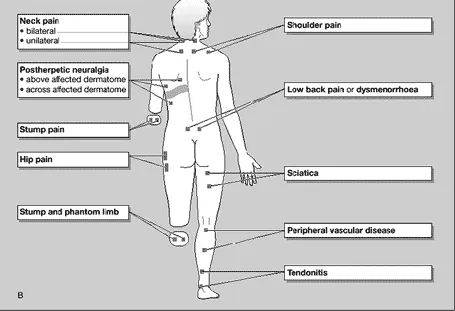
Transcutaneous electrical nerve stimulator (TENS) consists of an electrical
pulse generator connected by wire to two or more electrodes that apply
electrical stimulation to the surface of the skin at the site of pain.
The stimulation of sensory nerves is intended to block pain signals and
may also generate endorphins. TENS has been used to reduce chronic intractable
pain, post-surgical pain, and pain associated with active or post-trauma
injury unresponsive to other standard pain therapies. .
Transcutaneous Electrostimulation: Emerging Treatment
for Diabetic Neuropathic Pain
Michael Alvaro, Dinesh Kumar, Inderjeet S. Julka
Three independent studies utilizing transcutaneous electrical nerve stimulation
to relieve diabetic peripheral neuropathic pain were reviewed. The
proprietary equipment, an H-wave machine, administered all electrotherapy.
The first two studies assessed the efficacy of electrotherapy alone
and electrotherapy with amitriptyline. The treated electrotherapy group
reported an overall greater reduction of symptoms, 52% with 2-3 weeks
of active treatment. Amitriptyline alone produced a 26% reduction of
pain after 4 weeks. The addition of active electrotherapy to amitriptyline
produced a 66% reduction of pain. The final study looked at patients
who have utilized electrotherapy for over one year. A reported 44%
improvement of symptoms was attained with continuous electrotherapy
treatment. The data also suggested that a maintenance treatment protocol
for long-term pain relief would have to be developed.
|
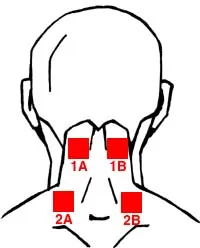
Transcutaneous electrical stimulation (TENS) is also a
widely applied technique for muscle atrophy treatment, muscle force training,
endurance training, pain treatment, functional movement therapy, and
the restoration of motor functions.
Effect of Transcutaneous Electrostimulation
on Noise-Induced Temporary Threshold Shift
1Department of Otolaryngology, Meiji College of Oriental Medicine,
Kyoto, Japan
†Correspondence: Masayoshi Tachibana, Laboratory of Molecular
Biology, National Institute on Deafness and Other Communication
Disorders, Building 36, Room 5D-08, Bethesda, MD, 20892, USA
The effect of transcutaneous electrostimulation around the
ear before and during noise exposure on noise-induced temporary
threshold shift (TTS) was examined in 26 volunteers. Electrostimulation
reduced TTS in the majority of cases and the reduction was statistically
significant. Two possible mechanisms for this reduction are proposed:
stimulation of the olivocochlear bundle and alteration of cochlear
blood flow. Transcutaneous electrostimulation may be useful for
prevention or treatment of noise induced hearing damage and for treatment
of tinnitus
Cranial electrostimulation for headache: meta-analysis.
McCrory DC More |
Treatment is given with TENS
Re-usable silicon pads applied to the points in the Diagrams (supplied)

Click to Enlarge
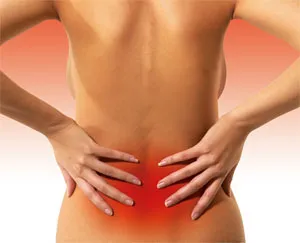
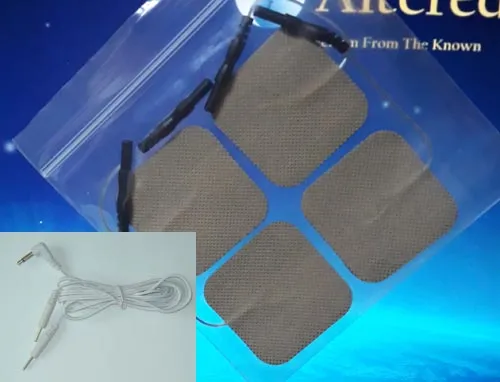 |
Tens Pads
4 Tens pads and lead
|
|
|
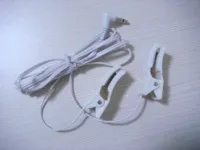 |
|
|
|
 |
|
|
Product Home |






